What is 5G Internet?
5G is the next generation of mobile internet connection and offers very fast data download and upload speeds. With more and more use of the radio spectrum, it will enable many devices to access the mobile Internet at the same time. Ian Fogg of Open Signal, a mobile data analytics company, says: “Everything we do with our smartphones now will enable us to work faster and better. It will be the fastest speed internet. You can run 5G speed test to check 5G download speed.
“But the amazing thing is that all the new services will be built that we can’t anticipate.”
Magman flocks of drones collaborate on search and rescue missions, fire assessment and traffic monitoring, communicating wirelessly with each other and on-ground base stations on 5G networks. Similarly, many people think that 5G will be very important for autonomous vehicles to communicate with each other and read live maps and traffic statistics.
5G is growing globally. Through a study of the 5G economy, we found that the full economic impact of 5G will be felt worldwide by 2035 – helping many industries and potentially providing services and services worth $ 13.2 trillion. Will be made. This effect is greater than previous network generations. The development needs of the new 5G network are extending beyond traditional mobile networking players to industries such as the automotive industry. There are many emerging and new applications that will still be appreciated in the future
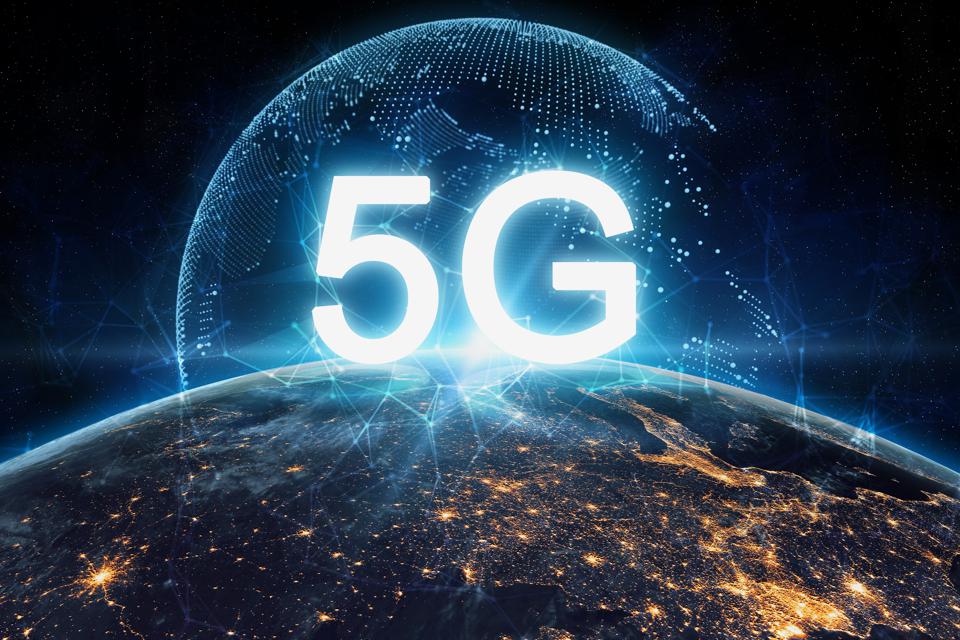
5G Technology
In 5th generation technology, the theoretical peak speed is 20 Gbps, while the 4G peak speed is only 1 Gbps. 5G also promises fewer delays, which can improve the performance of business applications as well as other digital experiences (such as online gaming, video conferencing, and self-driving cars). While older generations of cellular technology (such as 4G LTE) focus on ensuring connectivity, 5G takes connectivity to the next level by delivering cloud-related experiences to clients. 5G networks are virtual and software-driven, and they exploit cloud technologies.
The 5G network will also facilitate movement between cellular and Wi-Fi access with smooth open roaming capabilities. Mobile users can stay connected as they move between buildings without an external wireless connection and wireless network without user interference or re-authentication of users.
For many end-users, the 5G upgrade is all about speed. Predicted 5G speeds up to 10 Gbps, new networks will be 100x faster than their predecessors. In terms of industrial, agricultural, and commercial use, the biggest advantages of 5G are its high capacity and minimal interval. Up to 5x bandwidth is available with 4G, 2 5G will give rise to new ways of production and distribution.
How does it work?
The new antenna will incorporate a technology widely known as MIMO (Multiple Input, Multiple Output), which enables multiple transmitters and receivers to transmit more data at the same time. It is a combination of licensed and unlicensed wireless technologies designed to support conflicting networks. This will increase the bandwidth available to users.
5G architecture will be software-defined platforms, in which networking functionality is managed through software rather than hardware. Advances in virtualization, cloud-based technologies, and IT and business process automation can make the 5G architecture agile and flexible and provide user access anytime, anywhere. 5G Networks can create sub-network constructs specified by the software known as Network Slice. These slices enable network administrators to command network functionality based on users and devices.
- It also enhances digital experiences through 5G Machine Learning (ML) automation. Demand response times in different fraction races of seconds (such as for self-driving cars) require a 5G network to record automation with ML.
- Ultimately, deep learning and artificial intelligence (AI) Automated delivery and active management of traffic and services will reduce infrastructure costs and increase connected experience.
- This is a new radio technology, but you probably won’t notice faster than before because it’s possible that 5G is primarily a way for network operators to increase capacity on existing 4G core networks, more sustainable for users. Use to ensure service.
- The speed you get will depend on which spectrum band the operator operates 5th Generation technology on and how much your carrier has invested in new masts and transmitters.
So we can see clusters of small phone masks near the ground transmitting so-called “millimeter waves”. Between the transmitter and the huge number of receivers. This will increase the density of use. But it is expensive and companies can face challenges.
Also Read: Best internet browsers
How fast can it be?
- The fastest 4G mobile networks offer an average of 45Mbps (megabytes per second). Although the industry is hoping to achieve 1 Gbps (gigabits per second = 1000 Mbps)
- Chipmaker Qualcomm calculates that it can achieve 5th Generation browsing. And 10 to 20 times faster browsing in real-world (unlike laboratory) conditions.
- This will allow you to download a high-definition movie in a minute or so.
- The biggest improvement in speed and delay will come when service providers develop standalone 5G networks. Where both core and radio networks use 5th Generation tech.
In addition to gigabit, they can easily get the browsing speed as a standard. But they are unlikely to arrive in the UK until next year. The world is moving mobile and we are consuming more and more data every year. Especially as the popularity of video and music streaming grows. Current spectrum bands are becoming collective, causing service disruptions. Especially when many people in the same area are trying to access online mobile services simultaneously.
From 5G mobiles to device sensors, from video cameras to smart street lights. It’s great at handling thousands of devices at once.
In healthcare, patients will be able to be monitored with devices connected to 5G technology. And Wi-Fi 6 connectivity that provide constant data on important health indicators such as heart rate and blood pressure. In the auto industry, 5GML will provide information on traffic, accidents, and more in conjunction with algorithms. Vehicles will be able to share information with other vehicles and entities; such as traffic lights on roadways. These are just two industry applications of Fifth generation technology that can enable better and safer experiences for consumers.

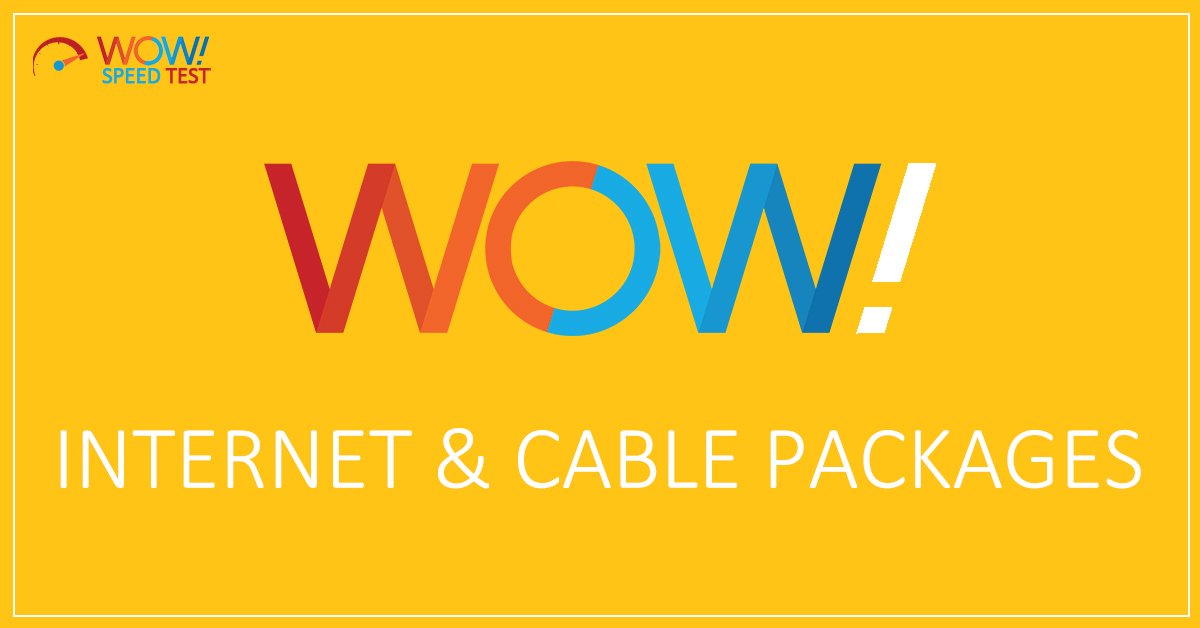
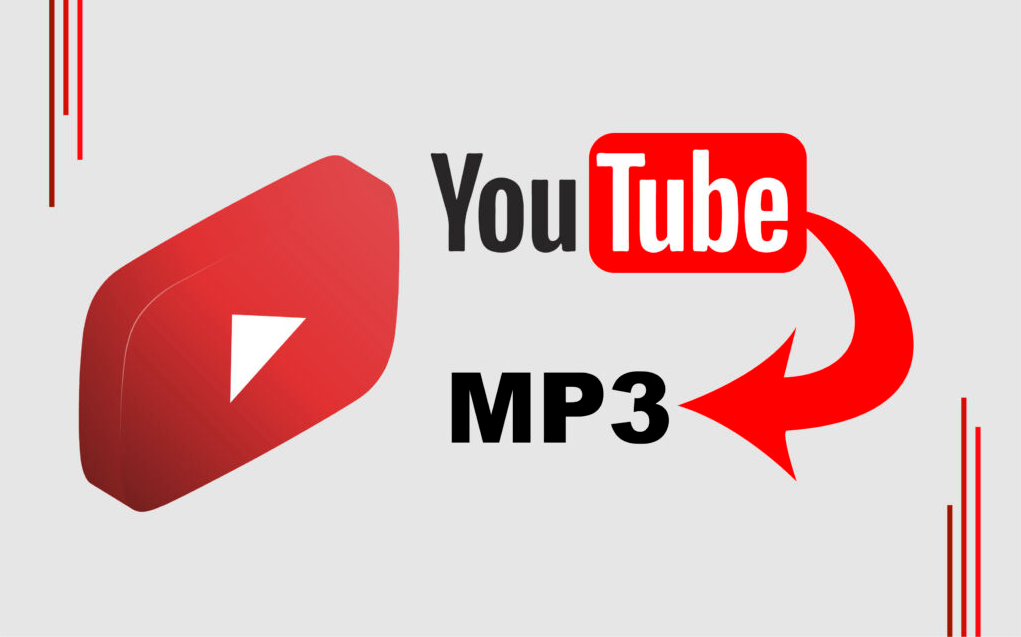
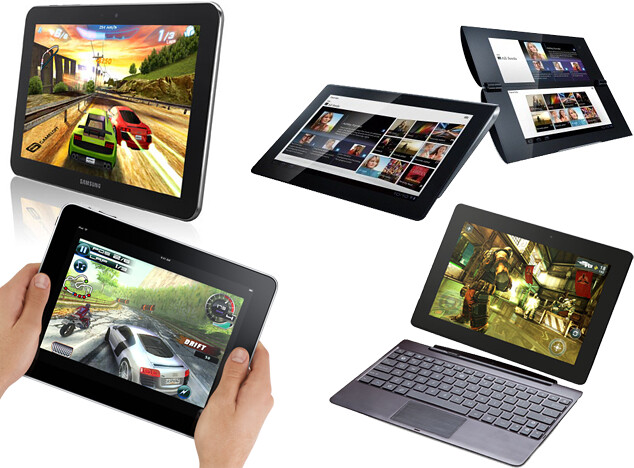



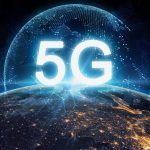
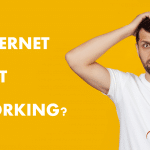

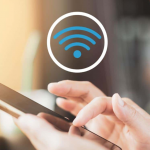

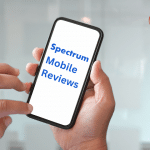




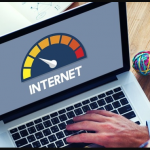



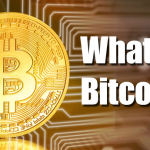


1 COMMENTS
Comments are closed.